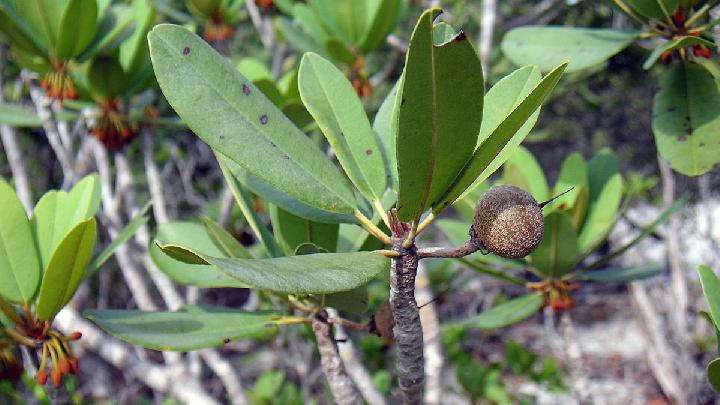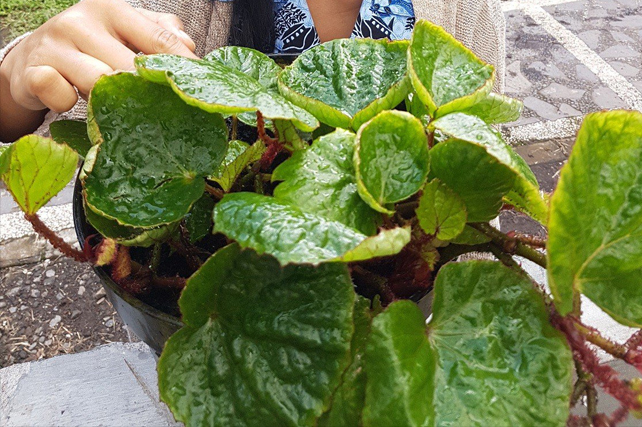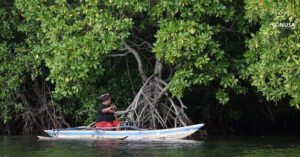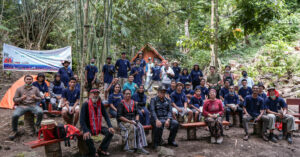What comes to mind when you hear the word Maluku? Do you get reminded of beautiful islands with crystal clear sea water? Or maybe a traditional music instrument called tifa? Or perhaps some of you are immediately reminded of traditional Maluku songs, such as Ayo Maluku and Ambon Manise? Yup, they are all correct! The Maluku Islands, which are located in Indonesia’s east, truly have a fascinating natural and cultural wealth.
In addition to the things already mentioned, Maluku still has other special things, such as the diversity of flora and fauna. Even the early arrival of Europeans to Maluku in ancient times was to obtain a variety of spice plants that exist on these islands. Apart from spices like cloves and nutmeg, Maluku is home to a variety of unique floras that can still be found up until today. For now, let’s get to know 2 of these floras!
1. Torem Tree

There is a plant species on Yamdena Island, Maluku, that is found nowhere else in Indonesia. This plant is known as the torem tree (manilkara kanosiensis). After conducting a number of studies, the Indonesian Institute of Sciences (LIPI) stated that the torem tree is an endemic tree to Maluku. Furthermore, this tree is listed as endangered on the International Union for Conservation of Nature’s list.
This tree lives at an altitude of 100 to 400 meters above sea level and has a straight and large trunk. People in the area know that the wood of the torem tree is of high quality since it is termite-resistant. Moreover, it may last for hundreds of years. Because this tree is rare, it requires special conservation to avoid extinction. In October 2017, the Military District Commander 1507 Saumlaki handed over these 9 tree seedlings to the Research Center for Plant Conservation and Botanic Gardens. It was hoped that conservation could be carried out in the Bogor Botanical Garden. Let’s hope this tree doesn’t become extinct!
2. Begonia Nephrophylla

A new species of the flower genus begonia called begonia nephrophylla was discovered in Manusela National Park, Maluku, in 2016. Ni Kadek Erosi Undaharta, a begonia researcher at the Eka Karya Bali Botanical Gardens, discovered this plant during a research expedition with the Research Center for Plant Conservation and Botanic Gardens LIPI. The name begonia nephrophylla was given because the leaf form resembles that of a kidney. Nephros means kidney in Greek, while phyllus means leaf.
With the discovery of this new genus of begonia, Maluku now has a more diverse collection of begonias. Until now, it is known that there are 9 types of begonias that grow in Maluku. They are begonia holosericeoides, begonia aptera, begonia holosericea, begonia aketajawensis, begonia galeolepis, begonia manuselaensis, begonia rieckei, begonia sageaensis, and begonia nephrophylla.
So, what do you think of these two plants? Other than these two, there are still many more gorgeous and rare flora that originate from Maluku that are worth studying further. In fact, it’s possible that some flora have yet to be properly cataloged. As a mega biodiversity country, Indonesian researchers play a significant role in this regard.
You can apply to the EcoNusa Foundation’s Young Papuan Scientist program if you want to be a young researcher who discovers biodiversity in Indonesia. This program allows you to attend workshops and bootcamps in preparation for research. Furthermore, you’ll receive professional supervision while conducting research and publish research findings. Isn’t it exciting?











